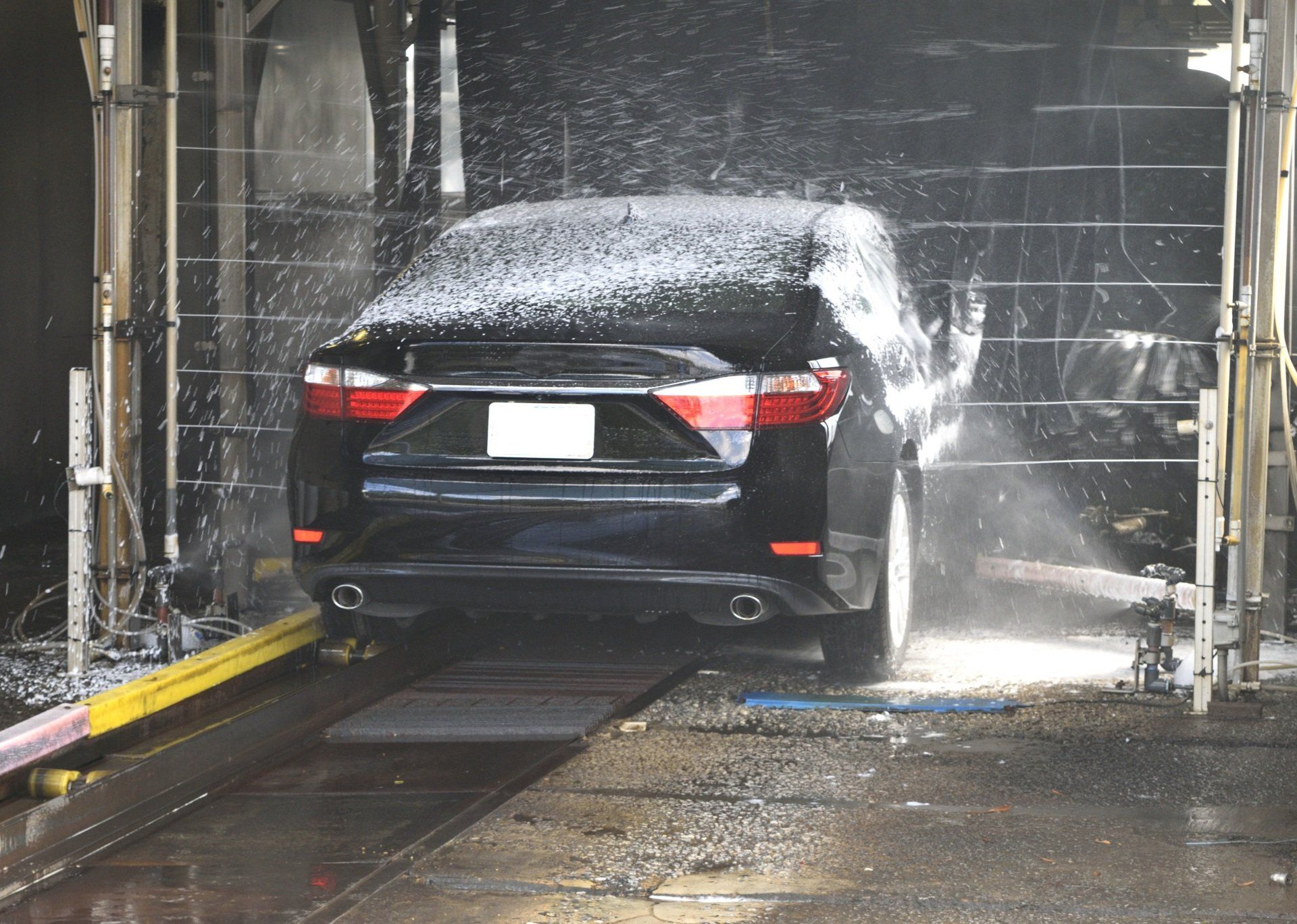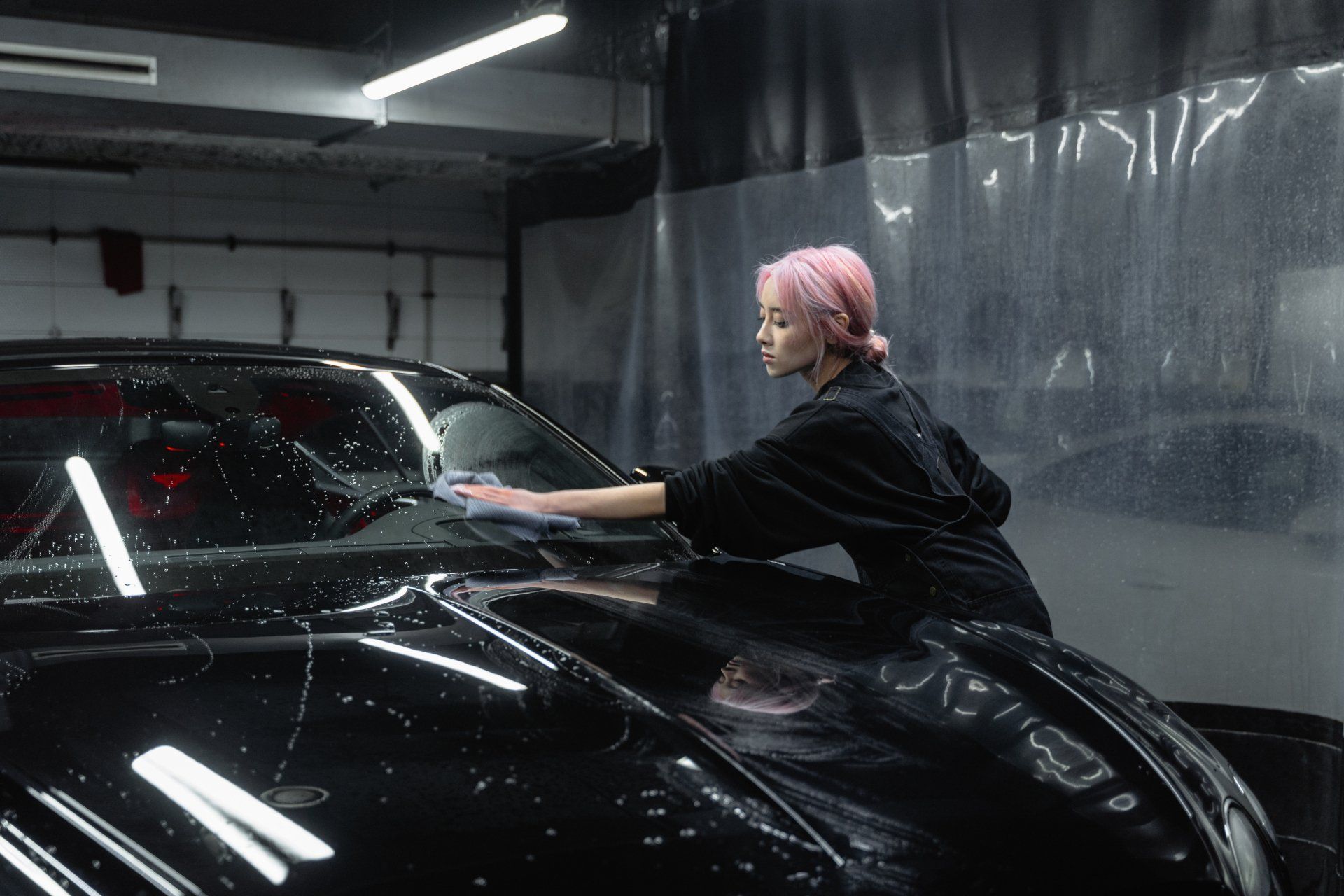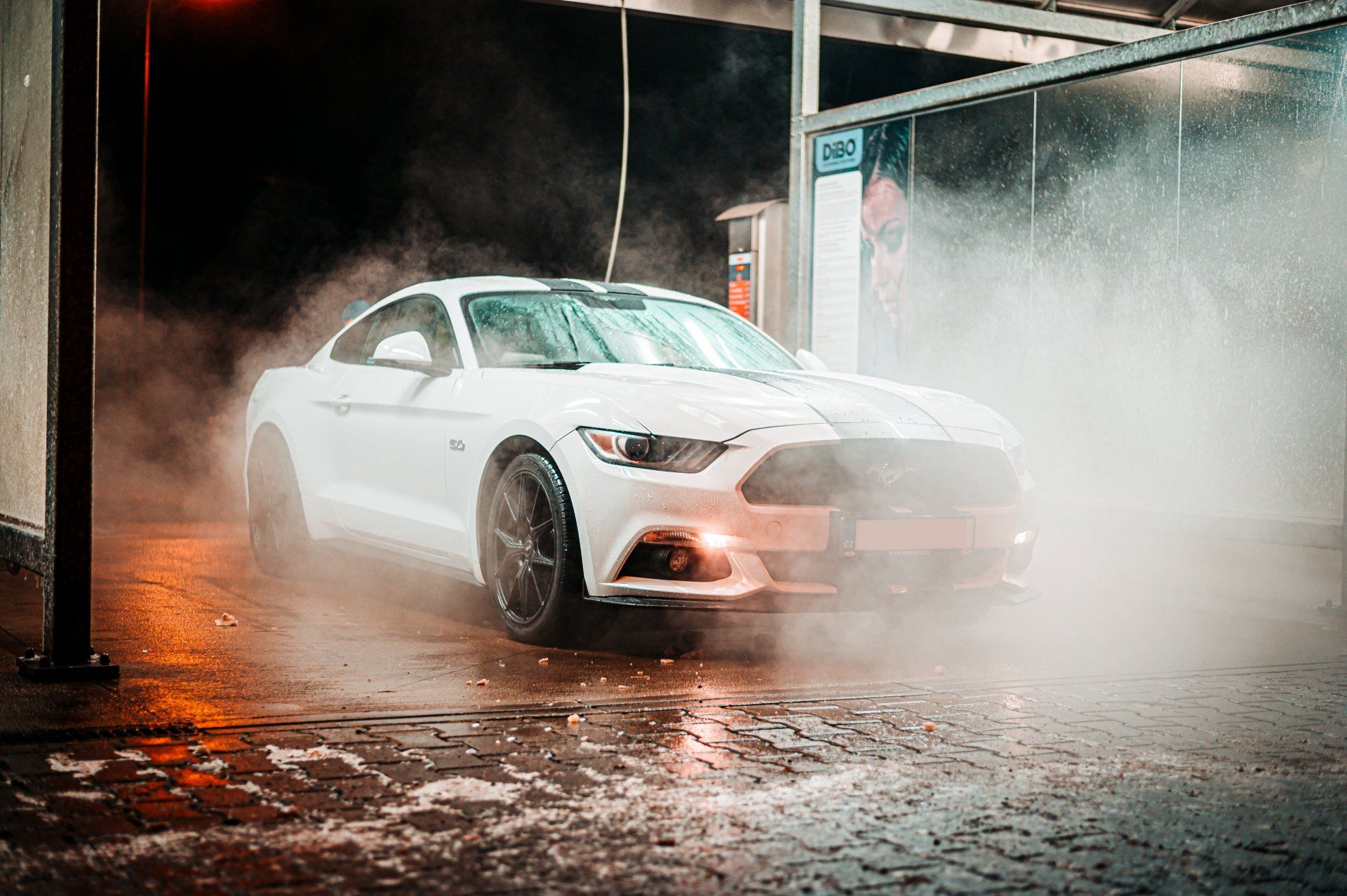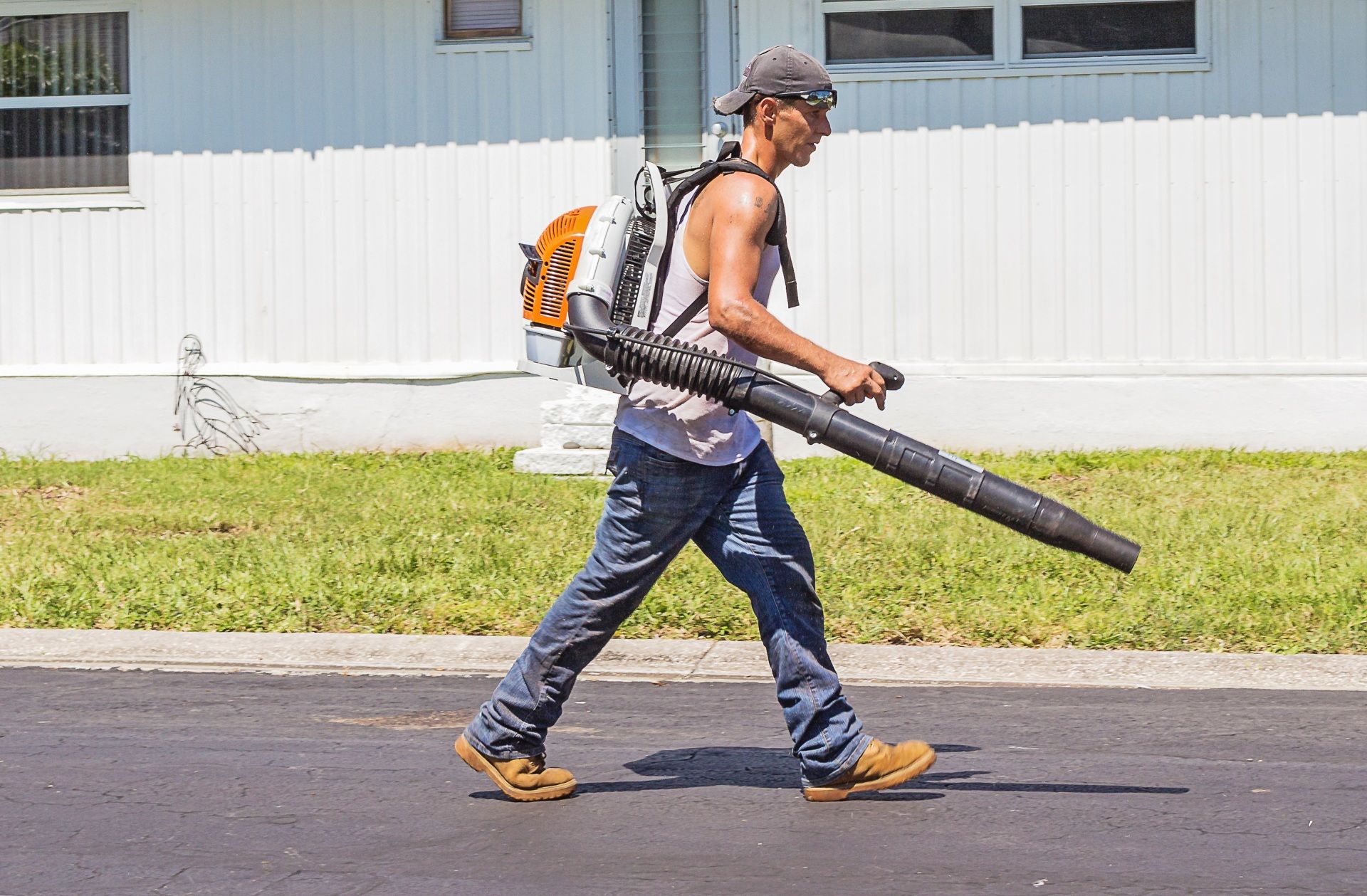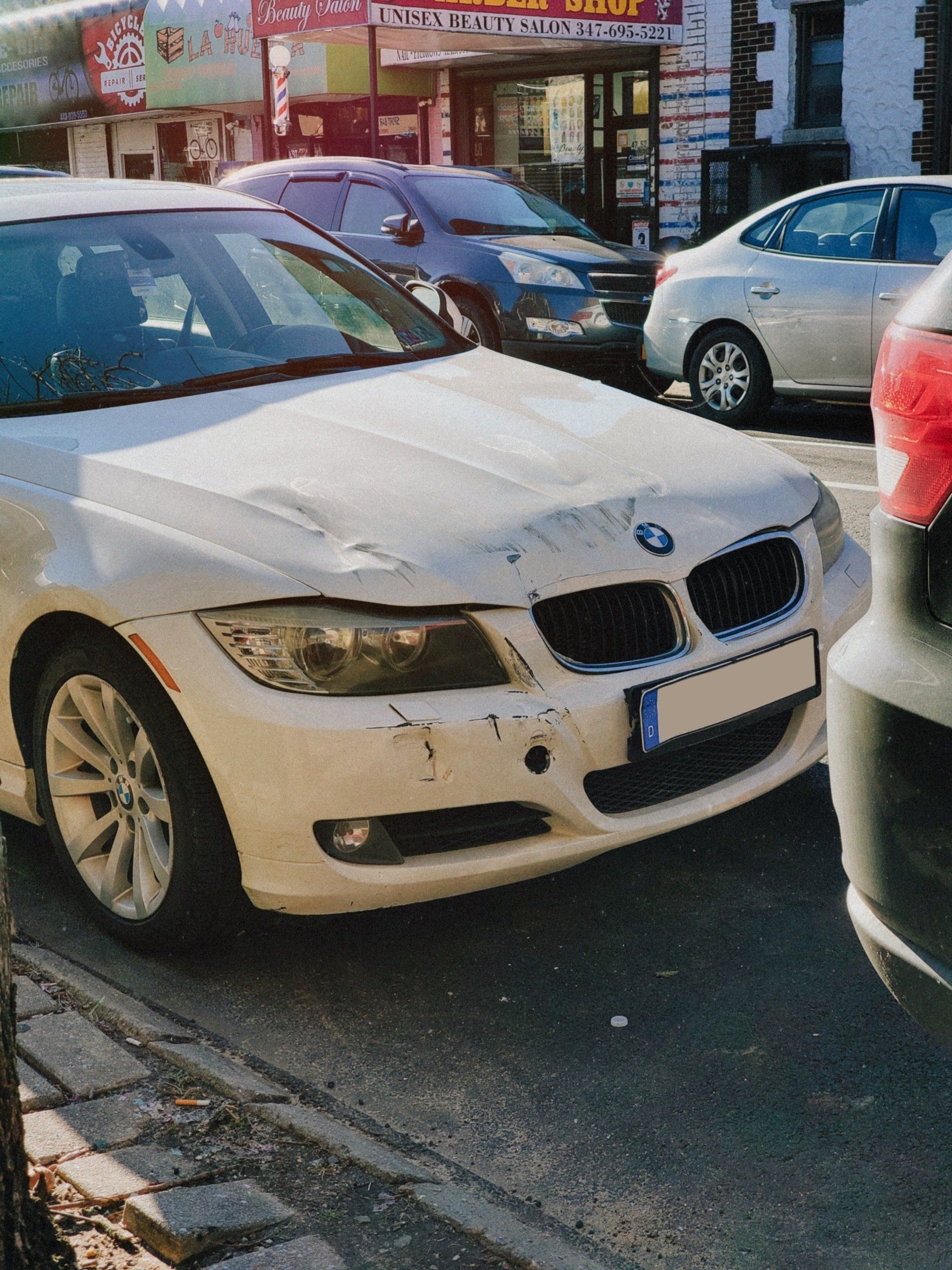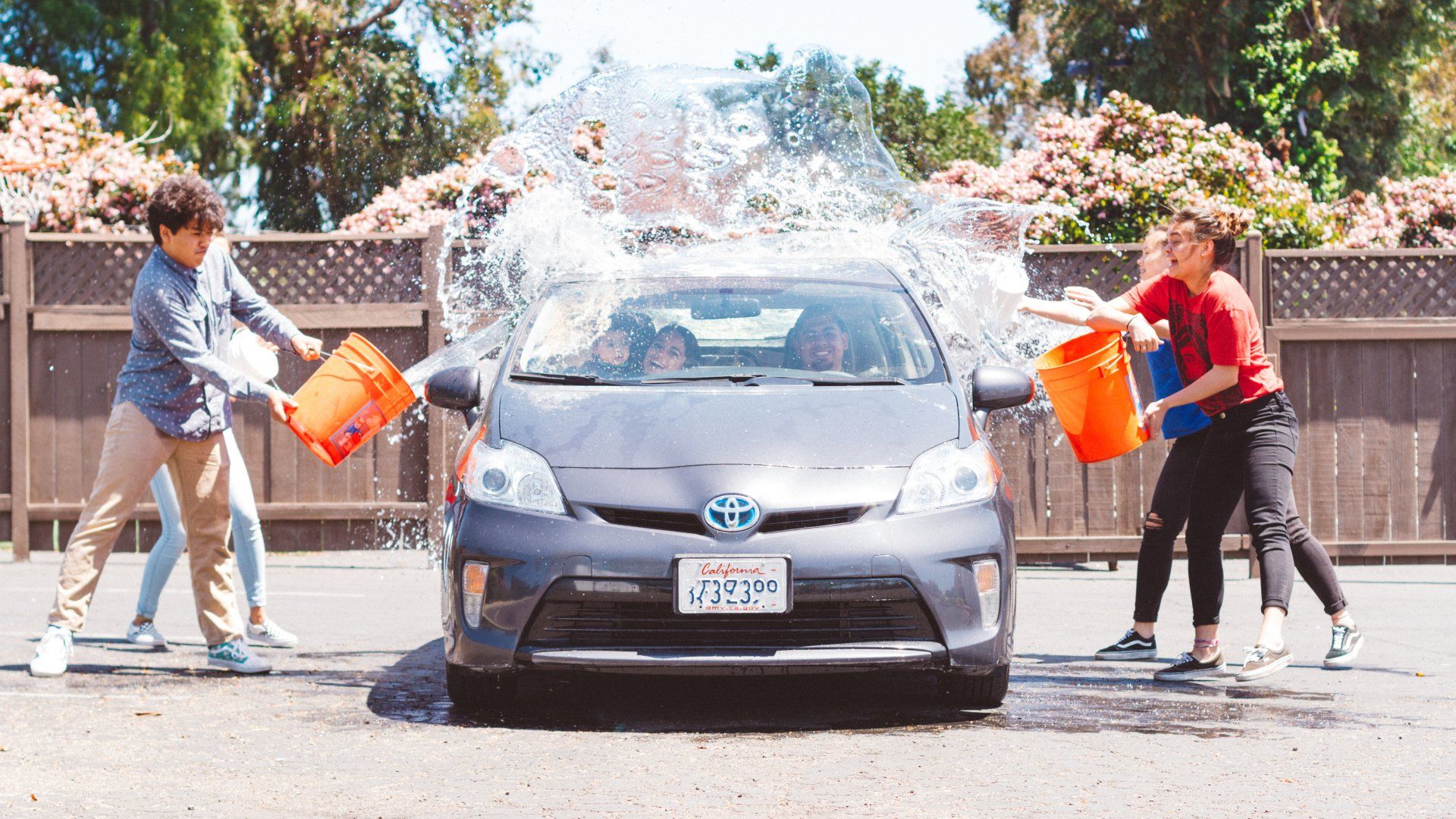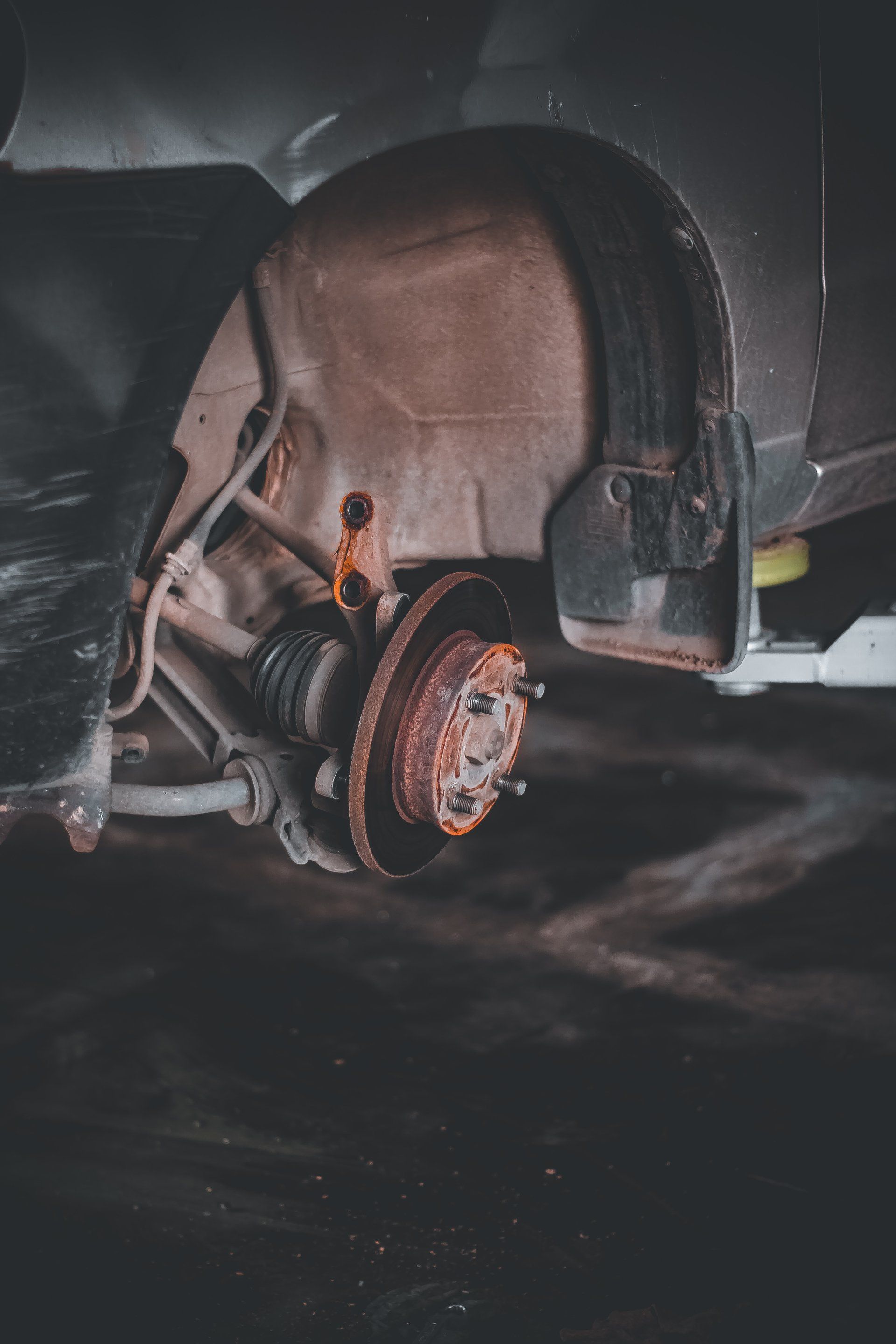Car Detailing Costs: Is It Cheaper To DIY?
Car Detailing Costs: Is It Cheaper To DIY?
Have you always wanted your car to have the same appearance? Detailing could give you the look you want, but you'll need to decide whether you'd like to do it yourself or hire a professional.
Car detailing is generally useful when it is done frequently so that your vehicle doesn't get into an unintentional state. The process of detailing keeps the value of your car up and may ensure your safety. For instance, the headlights and windows that are dirty make it harder to see.
If you're considering whether or not you should do the job yourself or call experts, take a look at the pros and cons listed below.
What is Car Detailing?
The process of detailing a vehicle is the method of restoring a car to a like-new condition or better than new. It is more than just surface cleaning. The interior and exterior are cleaned for chips, scratches, cracks, aging and wear, and cleaning off dust and dirt.
Car detailing is performed by hand (versus the auto wash that is automated) and the final result is a flawless car that appears like it was just taken off the production line.
Exterior detailing
Exterior detailing is about perfecting and protecting the paint, eliminating scratches, correcting chips and swirls, and fixing the oxidation and rust. After cleaning the entire exterior and then washing with water, the exterior detailing process involves:
- Clay for painting. The clay bar is applied to the paint to get rid of any leftover residue from washing.
- Polishing. Clear coat layers are removed in order to eliminate scratch marks and swirls.
- Waxing. The application of a wax coat provides a final shine as well as a layer of security. You may also opt to upgrade to a ceramic coating as well as PPF (paint protection film) to provide additional protection against elements such as UV rays, acid rain, bugs, and rocks. You can also protect yourself from bird droppings.
It is also possible to have painting corrections done to eliminate the most serious imperfections, such as oxidation and staining. True paint correction is done using equipment or sandpaper and may require additional time in addition to the two-to-four hours typically required to clean the exterior of a car.
Other exterior detailing steps include:
- Trim and paint touch-ups
- Cleaning the exterior of glass
- Polishing the headlights
- Engine detailing
- Tire cleaning
- Interior detailing
Interior detailing usually comprises:
- Vacuuming at the beginning and at the conclusion of the work. An air compressor could be employed to clean the tiniest, most difficult crevices.
- Cleaning the upholstery with shampoo or steam carpet, floor mats, and carpet
- Cleaning and conditioning leather
- Cleansing the glass inside
- Cleanse the interior of your home to remove dust and dirt
- Air freshener
What Are the Benefits of Professional Car Detailing?
- Professionals can save you time. A typical professional detailing on a car that is well-maintained can take anywhere from two to four hours. This same task will take at most two times as long if you complete it yourself. If you're not willing to take your car to an auto detailing facility, a few companies will finish the detailing at your home!
- Professionals can save you cash on the more complex services that require specific tools for detailing, like the correction of paint and detailing for engines.
What Are the Benefits of DIY Car Detailing?
- DIY car detailing can save cash if you're prepared to pay upfront for the tools.
- DIY car detailing allows you to focus on the most soiled parts of your vehicle. You can decide to complete or partial detail. You can also clean up scratches and stains whenever they happen.

